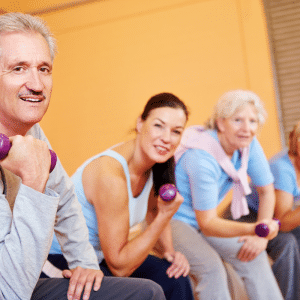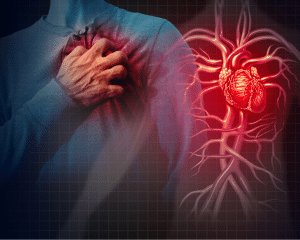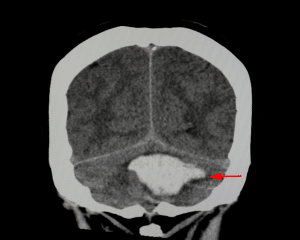Stay Active in Old Age
Admittedly, active lifestyles are pretty rare in the elderly population these days, but they are on the rise. People are discovering how much better their quality of life can be if they remain as active as possible and deal with health issues as they arise instead of letting them debilitate them before dealing with them. Activity in old age, however, does not look like activity did in our 20s. We are no longer able to do many of the same workout routines, or even daily chores that we once did. You can evaluate any exercise advice through the scope of your age and with a physical therapist’s help to ensure that you are not taking unnecessary risks to your body, but for most people, your body will let you know how much activity is too much. If you have an injury or are recovering from an injury, be sure to get clearance before starting any routine.
Let’s start with the basics. Much of our mobility or immobility depends upon the core of our bodies being fit. If the core is not fit, we try to use other parts of our body to compensate for that. In old age, it gets increasingly difficult to fight against gravity because we tend to have less muscle mass. Working on keeping our core & spine intact will go a long way to improving our health and give us less pain. One simple starting place for strengthening your core, especially if you notice that your posture is less than ideal is to force yourself to sit at a table or desk, upright and with your feet flat on the floor. Make sure your shoulders are back. You may notice that this stretches your clavicle (collarbone) region. Do this several times a day during regular meals, writing letters, etc & hold the posture for a couple of minutes each time. It seems so simple, but is quite effective. If you notice when you’re sitting, that you have the urge to brace your feet against the chair, or cross your legs, or lean sideways, your body is compensating for a weak core. Consciously do this simple exercise until you are consistently sitting upright without fatigue.
At one time there was a class on TV called, “Sit And Be Fit”. I do not think it is aired regularly anymore, but there are various fitness programs available online for elderly people that have exercises done while seated, to reduce the risk of injury. Check into these and be sure you follow the instructions closely.
Regular activity is the most important thing to keep an active lifestyle. You’ve heard the scientific law, “objects in motion stay in motion”? It is the same for adults. If you stay active, you will keep staying active. This is easier if you have an external reason to stay active, if you have someone else to care for, if you have a job to do, etc. It’s a part of why we also recommend volunteering and social engagements as a part of a healthy lifestyle. If you have no reason to get out of bed in the morning, or off the recliner in the afternoon, it is much more challenging to talk yourself into moving from those positions.
Mobility is a huge issue. If you have limited mobility, be sure that you’re doing everything that you can within what your doctor has said is safe for you to do. Don’t ever do less than that, or your mobility could worsen. Household tasks like dishes, vacuuming, dusting, & light gardening in a raised bed are all wonderful for keeping you moving. Think of them as dual-purpose and it might help motivate you a bit more! If you’re in a wheelchair, see which things you can safely do for yourself. If you’re not in a wheelchair, keep fighting to stay out of one!
Regular movement and bits of resistance for your muscles improve your muscle mass over time, and it also increases the density in your bones, improves circulation and lung capacity. I cannot emphasize how important it is for you to remain active even as you may feel that you’ve finally earned a break! I know it’s tempting, but you’re not only doing this for yourself. You’re showing the next generation what old age can look like! You’re showing them how to age gracefully! You’re showing them how to make the most of life until it ends, and they are going to need that to push through the situations that they are struggling with right now and as they age. Your active lifestyle can be an inspiration to those around you & will increase your health and happiness along the way!


 Stroke and Heart attack are among some of the leading causes of death in our country. Though they are looming threats, it’s amazing how many people still do not know the warning signs to look for, or what to do if they suspect one of these major health events. This may be due to our unwillingness to admit to our own mortality, or simply because you’ve never taken the time to adequately understand the implications of not knowing. Either way, it’s always good to be prepared, even if you can’t control every outcome in life. You could do a great deal of good for another human being if you know the signs of these life threats and what to do if you suspect them.
Stroke and Heart attack are among some of the leading causes of death in our country. Though they are looming threats, it’s amazing how many people still do not know the warning signs to look for, or what to do if they suspect one of these major health events. This may be due to our unwillingness to admit to our own mortality, or simply because you’ve never taken the time to adequately understand the implications of not knowing. Either way, it’s always good to be prepared, even if you can’t control every outcome in life. You could do a great deal of good for another human being if you know the signs of these life threats and what to do if you suspect them.